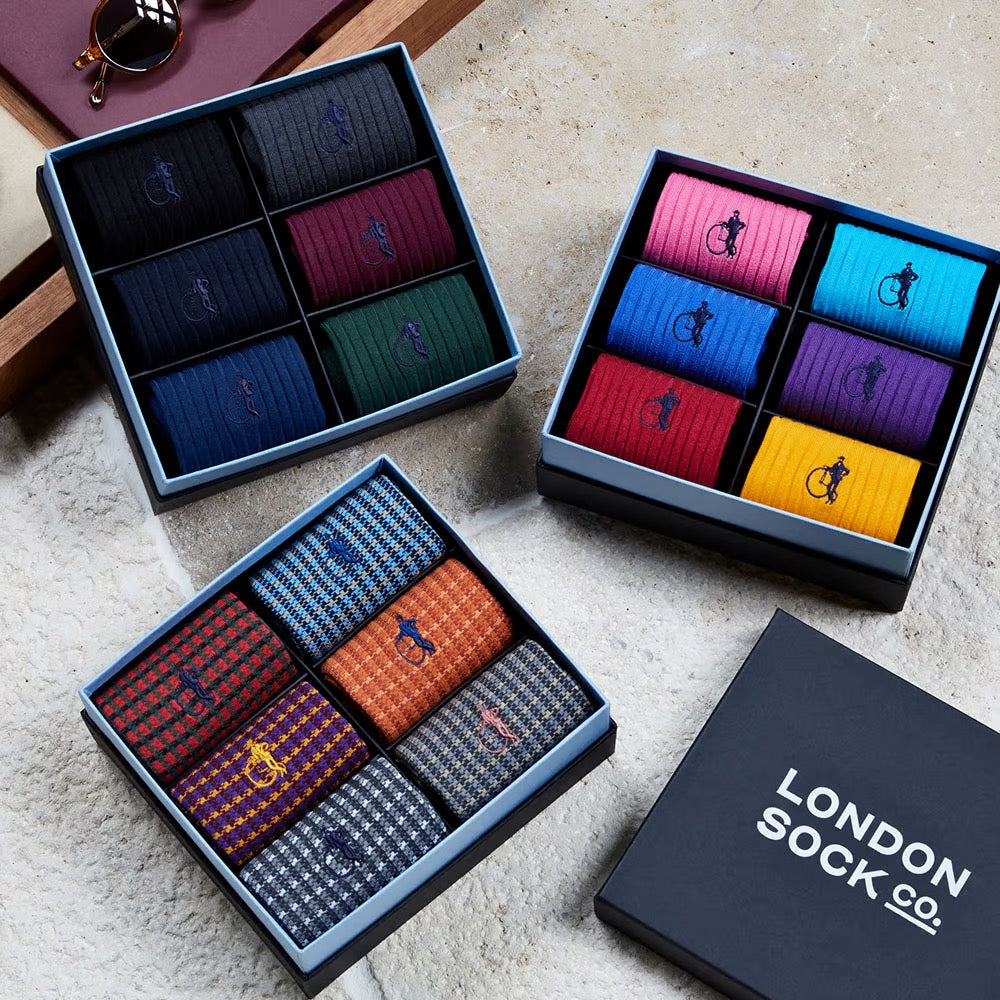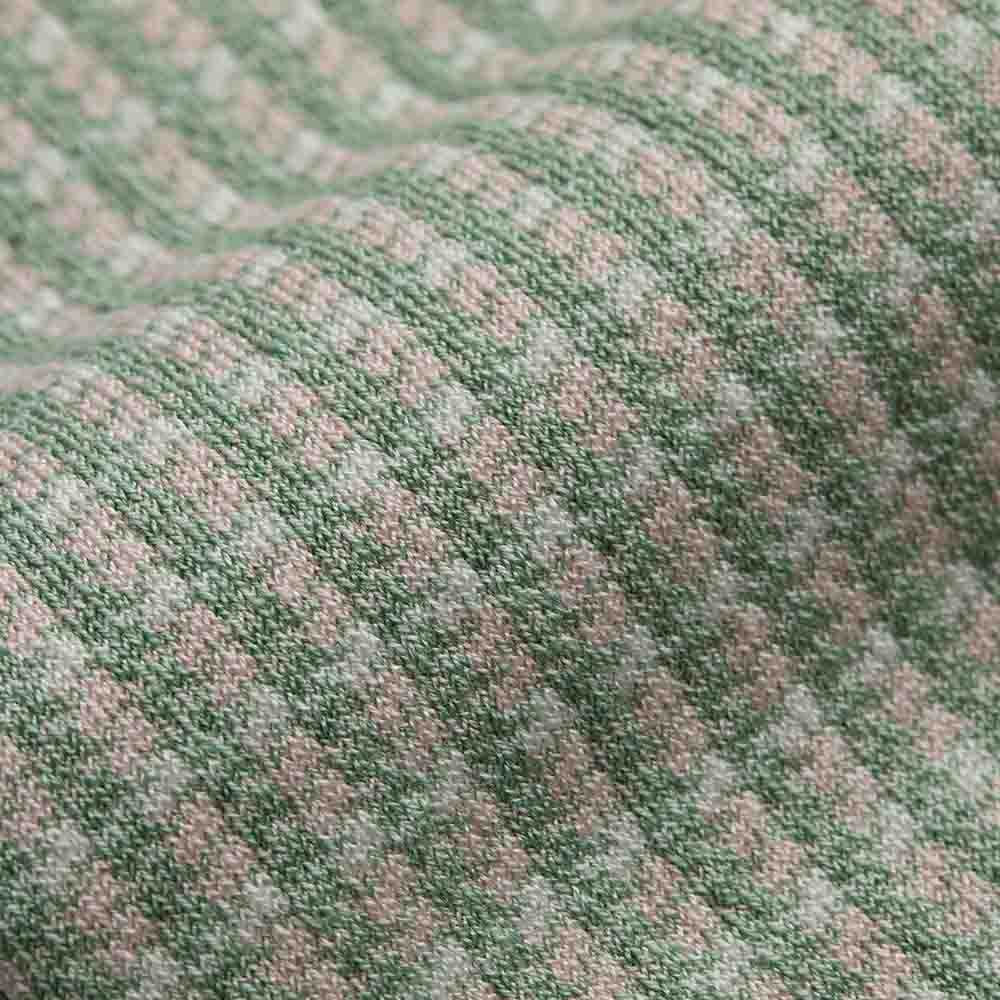Article: Our Sustainability Pledge: Net Zero by 2025

Our Sustainability Pledge: Net Zero by 2025
After a lot of research, designing and planning, we launched the Retro Recycled Collection this month; our very first socks made from recycled materials.
Excitingly though, the Retro Recycled Collection is only the very first step on our journey to becoming a more sustainable, responsible brand. We’ve never shied away from big goals at London Sock Company and we are really pleased to reveal our ultimate mission: to become a Net Zero producer by 2025.
So, what does ‘Net Zero’ mean?
The concept of ‘Net Zero’ is all about achieving an overall balance between our carbon footprint (the amount of greenhouse gas emissions produced as a result of our activities) and the amount of greenhouse gas emissions that we can help remove from the atmosphere.
And we want to go beyond the basic offsetting by planting trees path. For us, the only way is to take a truly cradle-to-grave approach when it comes to the carbon footprint of our products. This means that we are accounting for the emissions produced across all stages of our supply chain – from the very beginning during cotton harvesting to end of life sock upcycling. This way we can account for the true impact of our business on the environment – and we won’t miss any opportunities to make positive changes.

Why is this important?
It is an open secret that the fashion industry is one of the largest contributors to climate change. In fact, it accounts for about 10% of global carbon emissions. The accumulation of greenhouse gases in the atmosphere is resulting in a significant increase in the earth’s temperature – something that is already greatly impacting ecosystems, damaging the environment, animal welfare and people’s health.
The Paris Agreement outlined that global warming needs to be limited to 1.5°C above preindustrial level. This will minimise its risks and irreversible negative impacts. But it can only be done by achieving net zero emissions globally by 2050. That is why it is vital that brands – big and small – take full responsibility for the roles we play in and why London Sock Company are committed to achieving carbon neutrality well before that deadline.
The question is: how are we going to do this?
Measure
The first step towards becoming a net zero producer is to measure our carbon footprint. Stage by stage, we are working with our partners across our supply chain to estimate as accurately as possible just how much energy and fuel are being used to manufacture our socks and get them to you. Importantly this is also helping us identify any risks and opportunities for improvement. We want this to be a fully transparent process, so you – our customers – can see where we are now and where we are headed. Look out for this report later this year!
Reduce
The second step in this journey is the most important one: minimising our carbon emissions across all areas of our business.
These changes need to begin at the very beginning of our socks’ lifecycle: product design. With our initial emissions assessments, for example, we have identified that the polyamide in our socks is one of the main contributors to our carbon footprint when it comes to our materials. We are already working to change the ‘recipe’ of our existing collections to swap in recycled polyamide – which requires half as much energy to produce.
We are also taking into consideration the manufacturing process. Our suppliers in Portugal and Scotland already obtain a significant proportion of their energy from renewable sources. We are going to continue working with them to ensure that our products are made in a responsible manner, avoiding all unnecessary emissions and waste.
When it comes to the end of our socks’ lives, our Sock Amnesty initiative is going to continue to be one of our sustainability pillars. Not only are we able to create useful items for those in need by upcycling our socks, but repurposing textiles in this way is a sustainable way to reduce global CO2 emissions, water usage and other resources, by decreasing the need for new materials. A rather interesting study on the carbon footprint of textile recycling was done in Sweden, and it estimated that up to 10 tonnes of CO2 could be saved per tonne of treated textile waste. To put that in perspective: our target to upcycle 10,000 pairs of socks in 2021, will mean that we have prevented six tons of CO2 from being released into the atmosphere!

Offset
Finally, after minimising our carbon footprint as much as possible across our supply chain, it is inevitable that some emissions will remain. This is where carbon offsets come in. In order to counterbalance our unavoidable footprint, we will support initiatives that reduce the amount of greenhouse gases in the atmosphere, such as vital tree planting programmes, or projects that minimise the amount of emissions produced by other sources, such as renewable energies and energy-efficient technologies for communities that do not currently have access to them.
This is going to be a long and complex journey. One that will need cooperation across our supply chain and partners, as well as with our customers. But for us, this is a vital and necessary step.






